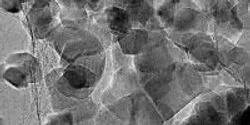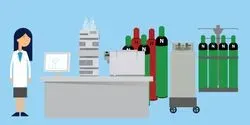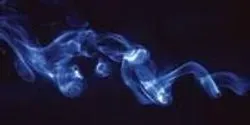Gas Generators

As the most abundant element in the universe, hydrogen might seem easy to come by, except that it’s usually bonded to oxygen in water or bound in organic compounds. Many applications, though, require pure hydrogen.

Clinical laboratories have among the most stringent requirements for purity of input materials (reagents, solvents, assay kits, gases, etc.). Yet the Clinical Laboratory Improvement Amendments of 1988 (CLIA), officially promulgated in 1992, leave to clinical and diagnostic laboratory managers the task of assuring the quality and performance of chemicals and gases used to calibrate instruments and conduct general lab operations.

Researchers at the US Department of Energy’s (DOE) Argonne National Laboratory have created a small scale “hydrogen generator” that uses light and a two-dimensional graphene platform to boost production of the hard-to-make element.

Problem: In almost any laboratory or scientific research facility today, there are numerous devices, instruments or processes that require cryogenic fluids or gases supplied from cryogenic sources. The past quarter-century has seen cryogenic liquid cylinders expand from a rarity in laboratories with relatively few applications, to become the dominant mode of supplying high-purity gas and cryogenic fluids.

















